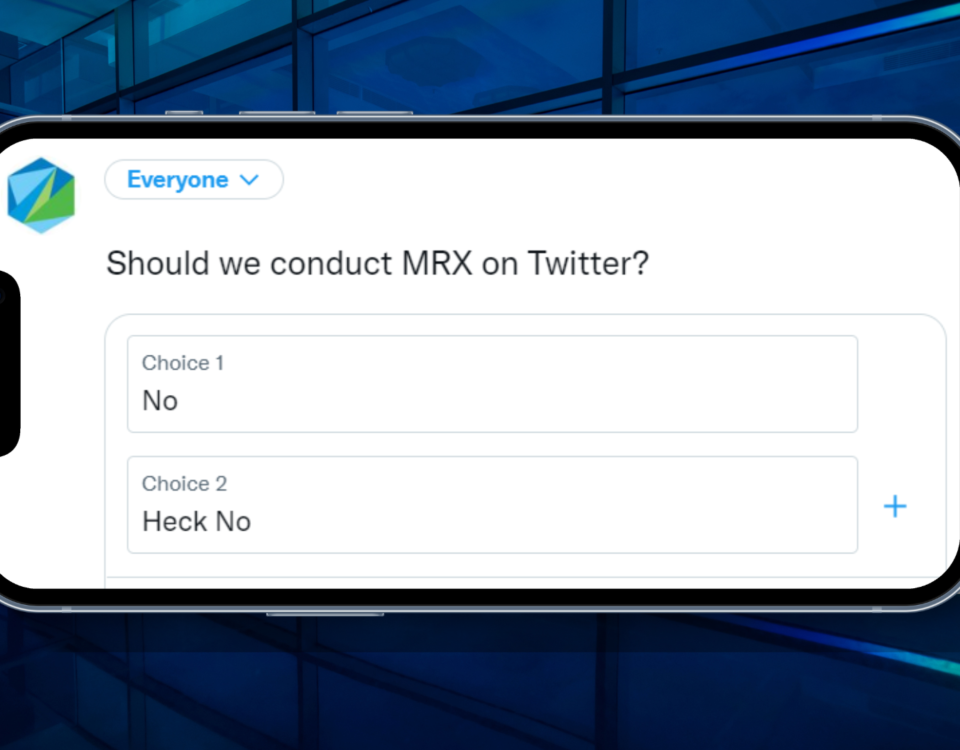
4 Attendee’s Takeaways from IIeX
May 2, 2019
Intellicast (S2E16) – The Kentucky Derby and Respondent Experience
May 10, 2019With the rise of DIY survey tools like SurveyMonkey or Qualtrics, everyone thinks they can build the world’s greatest survey. However, that is not always the case. There are hundreds of mistakes that a person can make as they design their study, from unintended bias, leading questions, too many questions, and more.
In this two-part blog series, we will give you 13 design tips to help you as you are building your next survey.
1. Include a Series of Good Screen Questions
Adding screener questions to your survey can help ensure the right people take your survey as well as keep out the people not in your target audience. Screeners can help reduce dropout rates and increase data quality.
2. Establish a Pre-Launch Data Quality Check Plan
Before you go live, build out a plan to determine what is and isn’t a quality response. You can do this by including open-ended questions and/or trap questions, as well as identifying a logical timeframe it should take to complete your survey to catch speeders.
3. Make It Device Agnostic
In today’s world, respondents complete surveys on a variety of different devices, from mobile phones and tablets to laptops and desktops. You want to make sure you don’t alienate any group with a poor survey experience, so be sure that your survey works across all the different device types.
4. Watch Your Question Phrasing
Poor phrasing can lead to asking leading questions, which can sway a respondent (intentionally or unintentionally) to answer a certain way. This can result in inaccurate data. Be sure to avoid adjectives or adverbs that can lead a respondent to choose a specific answer.
5. Don’t Use Too Many Yes/No Questions
You may think asking lots of Yes/No questions will get you the best data, but you would be mistaken. Yes/No questions have their place in a survey, but if you are looking to collect deeper information, such as opinion-based responses or if your survey is high stakes—meaning you’ll be making large business decisions based on the results-you need to utilize other question types.
6. Mix Up Your Question Types
You want to make sure you use the right type of question for the kind of information you are trying to gather. If you don’t, you will not be able to gather the insights you may be looking for.
In part two of this blog series, we will give you the final 7 survey design tips. To find out how EMI can help you with your next study, request a free consultation below.




